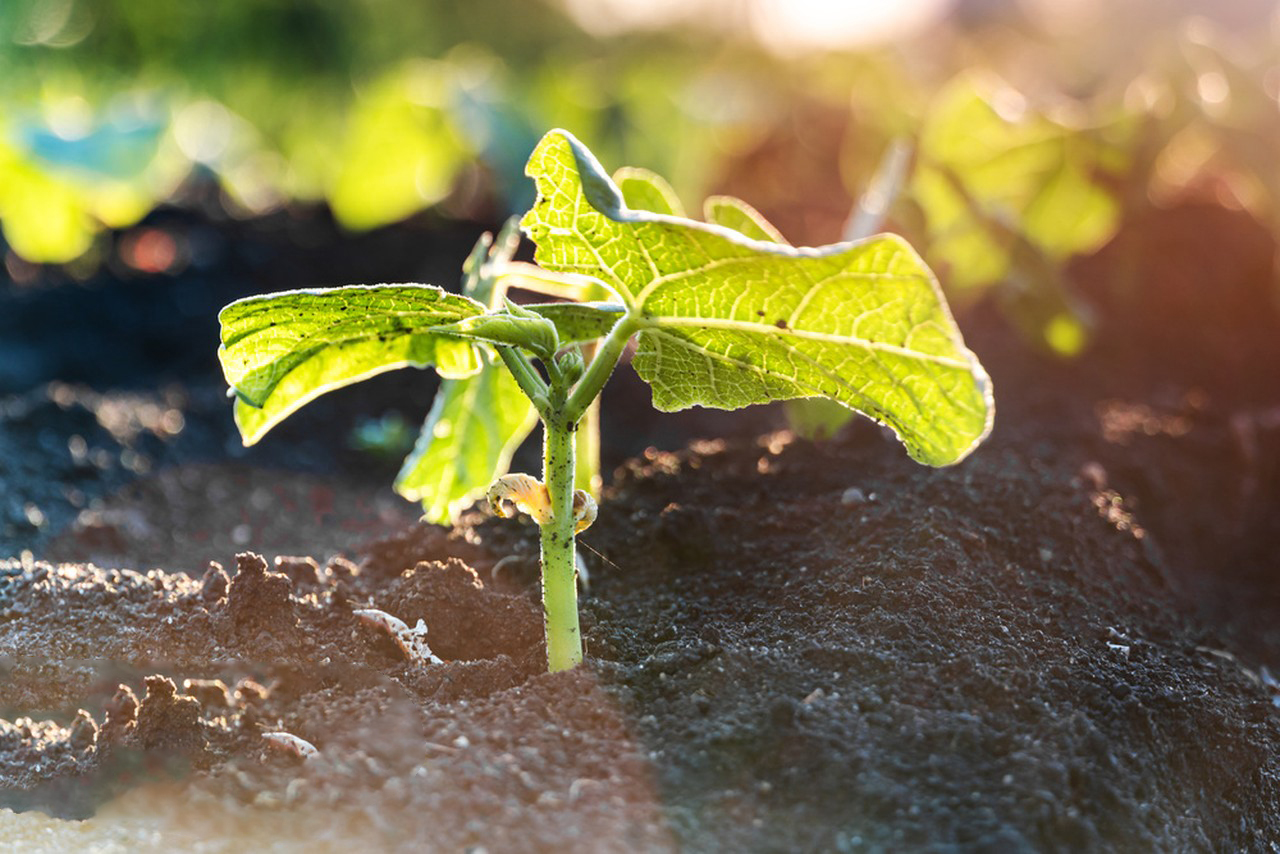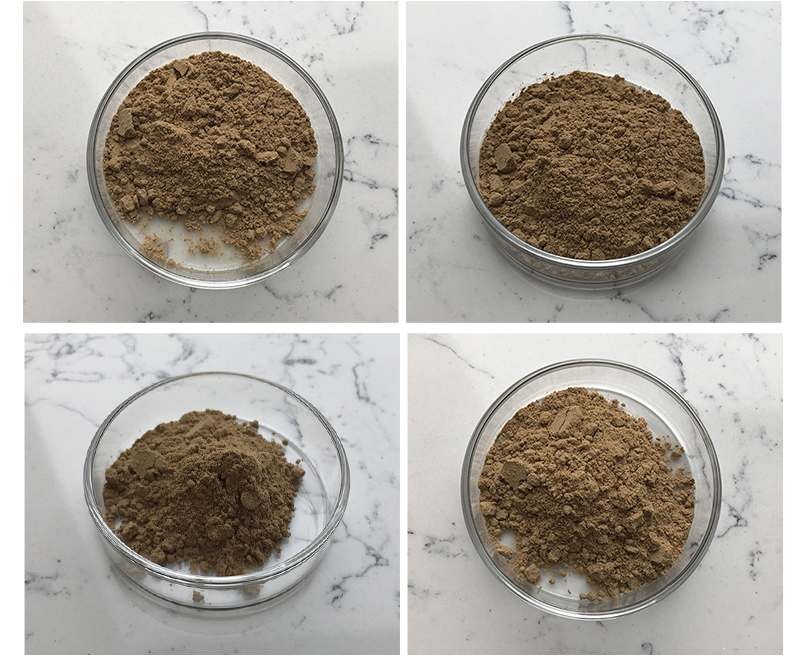To study Bacillus pumilus, the following materials and methods can be employed:
Materials of Bacillus Pumilus:
- Culture Media: Nutrient agar, tryptic soy broth (TSB), or specific media for Bacillus.
- Bacterial Strain: A strain of Bacillus pumilus (can be obtained from a culture collection).
- Incubator: For maintaining optimal growth conditions (typically at 30-37°C).
- Sterilization Equipment: Autoclave or hot air oven for sterilizing media and materials.
- Inoculation Tools: Sterile loops, spreaders, or pipettes for transferring cultures.
- Microscopy Equipment: For observing cell morphology.
- Biochemical Test Kits: For identifying metabolic characteristics.
- Incubator Shaker: If studying growth in liquid culture.

Methods of Bacillus Pumilus:
1.Preparation of Culture Media:
- Prepare nutrient agar plates or liquid media according to standard protocols. Autoclave to sterilize.
2.Inoculation:
- Use a sterile loop to obtain a single colony of Bacillus pumilus from a stock culture.
- Inoculate the selected media and incubate at optimal temperature.
3.Growth Assessment:
- Monitor growth by measuring optical density (OD) at 600 nm for liquid cultures.
- For solid media, count colonies after incubation.
4.Biochemical Testing:
- Perform standard biochemical tests (e.g., catalase test, oxidase test, carbohydrate fermentation tests) to identify characteristics of Bacillus pumilus.
5.Microscopic Examination:
- Prepare wet mounts or Gram-stained slides to observe cell morphology and arrangement under a microscope.

6.Antibiotic Sensitivity Testing (if applicable):
- Use the disk diffusion method or broth dilution method to assess sensitivity to antibiotics.
7.Data Analysis:
- Compile growth rates, biochemical test results, and other observations for analysis.
Conclusion:
This approach will help in understanding the growth characteristics and metabolic properties of Bacillus pumilus, which is important for applications in microbiology, biotechnology, and environmental science.
